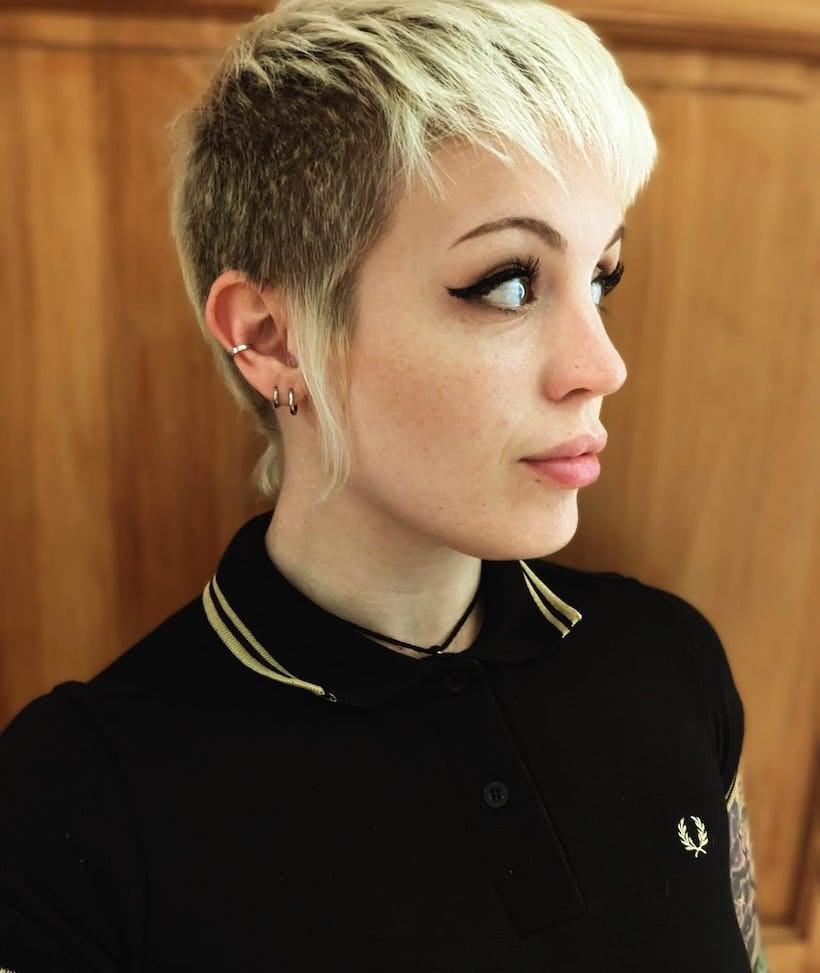If you click on a link and make a purchase we may receive a small commission. Read our editorial policy.
All's well that's Rockwell: Mitch Gerads on the weight of midcentury influences at Fan Expo San Francisco
"It's all about trying to get that Norman Rockwell vibe that probably isn't real, but the ad artists made it look real."

Not to shake things up by sharing comics gossip, but if you’ve spent more than two seconds on the comics internet or within DC comics circles over the last decade, there’s a good chance you might have heard of this guy named Mitch Gerads. With an art style that took the scene by storm combining mid-century style and a dynamic new kind of digital feel, it’s an easy sell that Gerads is one of the most unique of the comics mainstream in the contemporary age. But where does that come from? And for that matter, where does the spark of ingenuity stem from when an artist is harking on halcyon days of art marketing past?
Popverse was fortunate to sit down with Gerads at his table at Fan Expo San Francisco to discuss how the mainstream can come to accept such a bygone era of
Subscribe to Popverse to read this article
Become a member and get first access to tickets and badges to our events, photo ops, exclusive content, and more.
Follow Popverse for upcoming event coverage and news
Find out how we conduct our review by reading our review policy
Let Popverse be your tour guide through the wilderness of pop culture
Sign in and let us help you find your new favorite thing.
















Comments
Want to join the discussion? Please activate your account first.
Visit Reedpop ID if you need to resend the confirmation email.